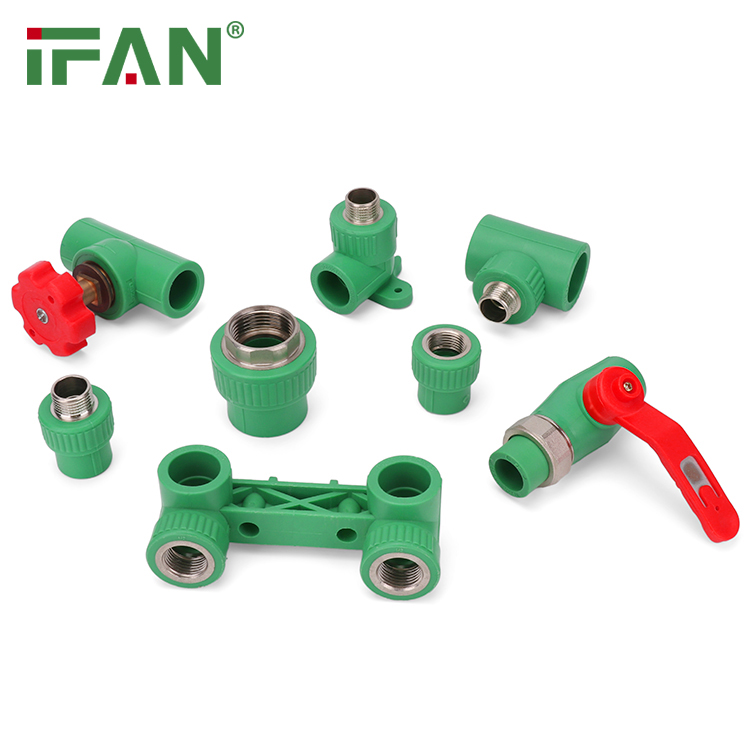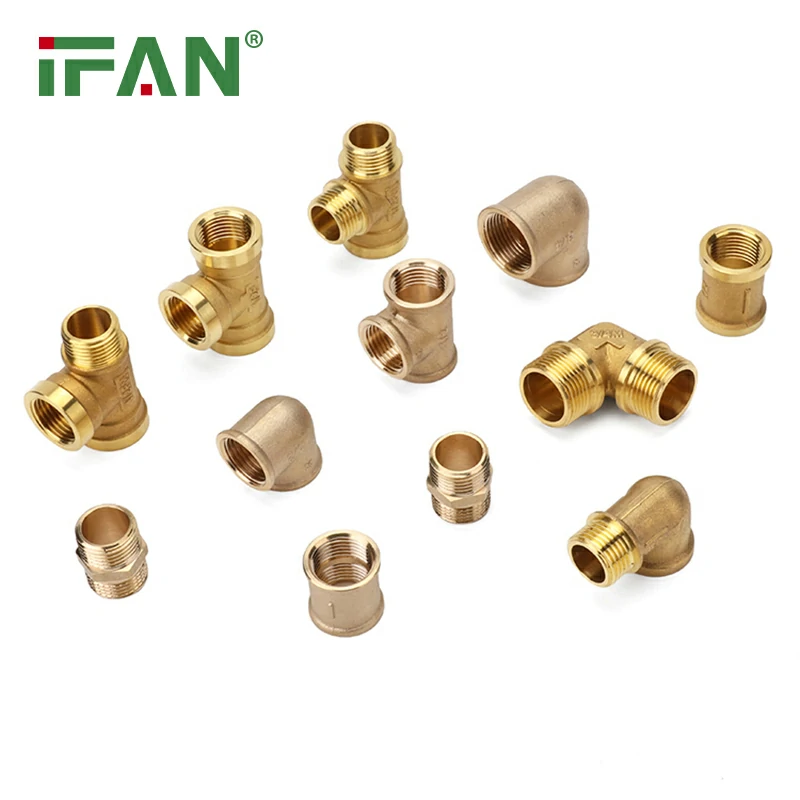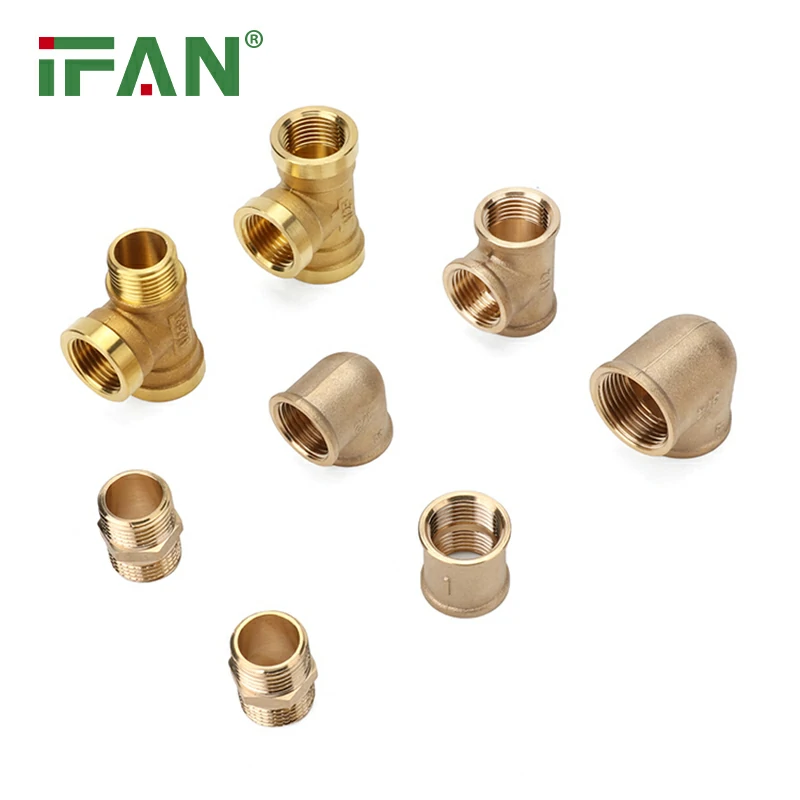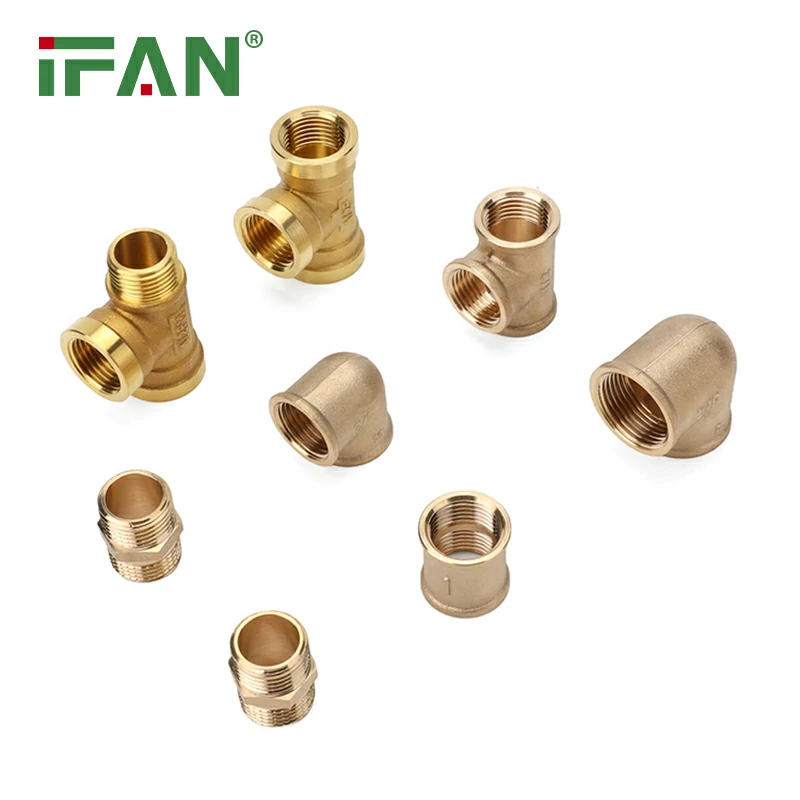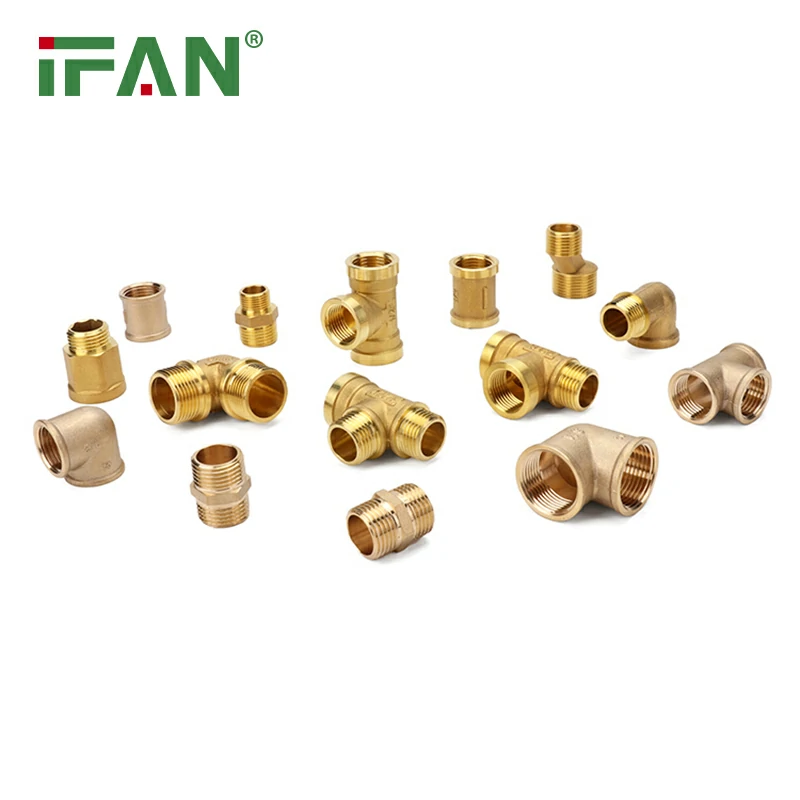As one of the most popular types of pipe fittings, PPR pipe fittings have become increasingly widespread in recent years. Known for their durability and longevity, these fittings offer many benefits over traditional materials such as copper and PVC.
One of the most notable advantages of PPR pipe fittings is their ability to withstand high pressure and temperature. This makes them an ideal choice for industrial and commercial applications, where the pipes may be exposed to extreme conditions. Additionally, PPR fittings are highly resistant to corrosion, which ensures a longer lifespan than other materials.
Another advantage of PPR pipe fittings is their low thermal conductivity. This ensures that the temperature of the fluid transported through the pipes remains consistent, which is especially important for applications in which the temperature must be closely controlled.
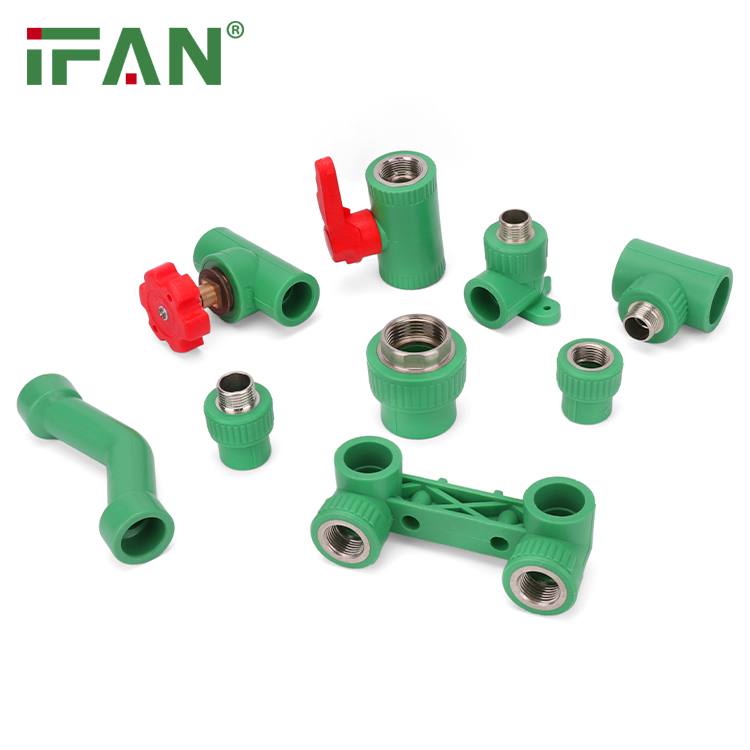
Moreover, PPR fittings are easy to install and maintain. They require minimal maintenance and are resistant to scaling and fouling, which can reduce the need for costly repairs over time.
When it comes to durability and longevity, PPR pipe fittings truly stand out. With proper installation and maintenance, these fittings have been known to last for decades, making them an ideal choice for projects that require long-term reliability.
In summary, the durability and longevity of PPR pipe fittings make them an excellent choice for a wide range of applications. With their ability to withstand high pressure and temperature, resist corrosion, maintain consistent temperature, and require minimal maintenance, it’s no wonder these fittings have become so popular in recent years. For anyone looking to invest in reliable and long-lasting pipe fittings, PPR is definitely a material worth considering.
